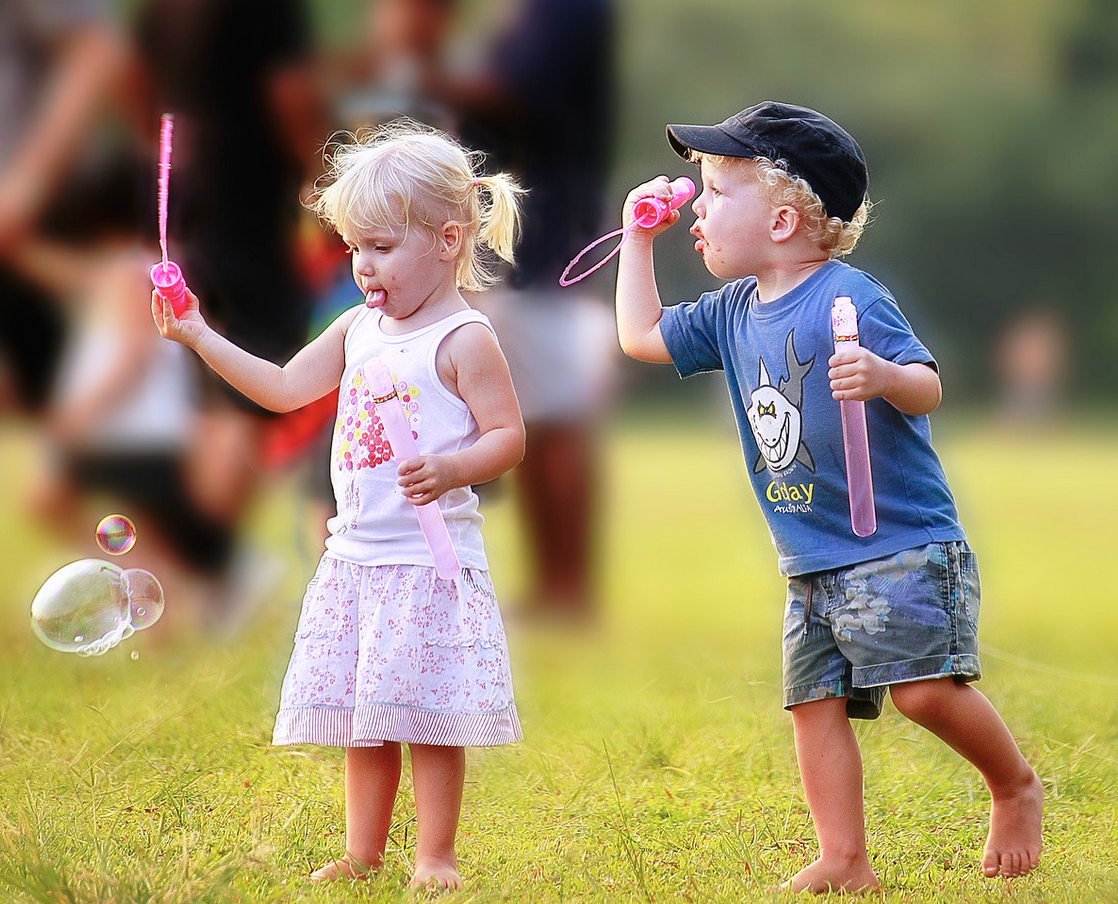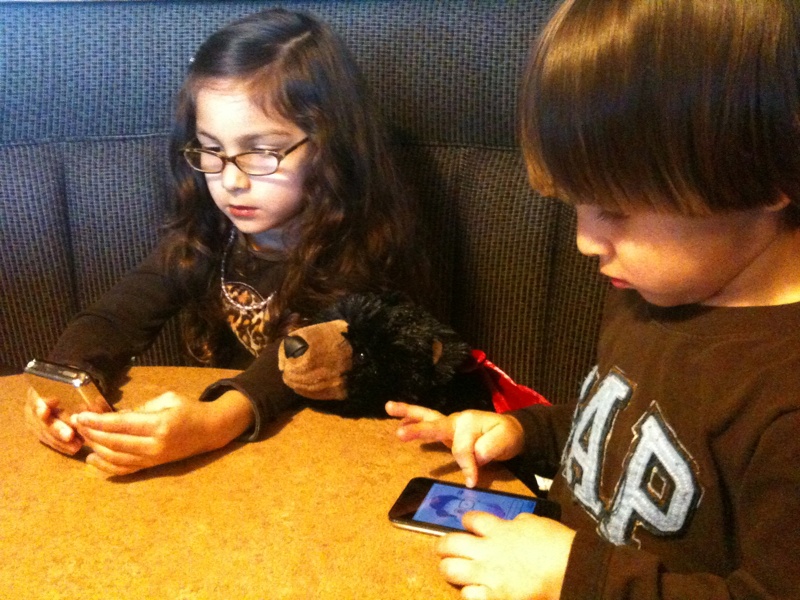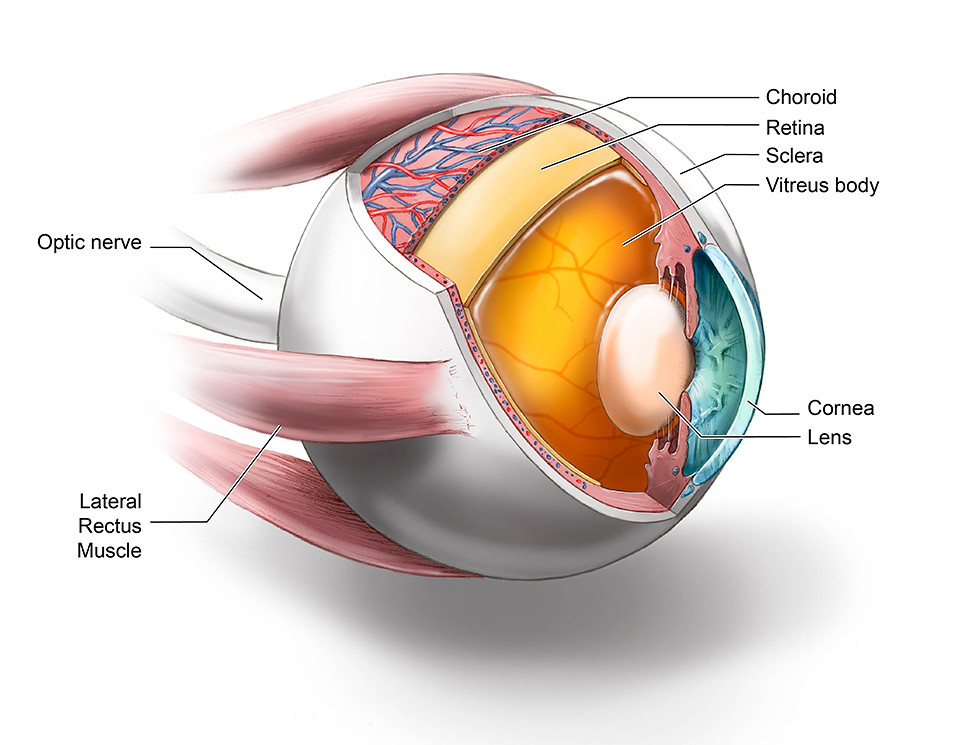
01 Aug Mental and Physical Health for Kids: Because Mainstream News Doesn’t Discuss It
Cases spike in Florida.
Healthy 30-year-old dies from virus.
Entire family is wiped out from COVID-19.
People who don’t wear masks are psychopaths and mentally ill.
The zombies are coming.
Have you noticed a theme in the headlines the past several months? Have you been fed fear and catastrophe? Have you been subconsciously forced to point fingers and blame others for our current situation? Have you been coerced to make enemies? Have you been cajoled to follow one set of data and not dig for other resources, otherwise you’re called crazy? Is your nervous system overstimulated and stressed? Are you constantly in survival mode?
My intuition screams ‘yes.’
And chances are, you’ve not once felt warm and fuzzy on the inside. You’ve not once felt empowered or excited. You’ve not once felt fulfilled. You’ve not once felt so elated with life that you ride a glittery unicorn off into the sunset.
Put bluntly, the news sucks.
Still, you watch. You tune in so intently, so engrossed in the horror, and so satisfied by it in a messed up way. Fear is addicting. Fear is entrancing.
I hate to be the bearer of more bad news, but they have you wrapped around their finger. This is exactly what they want – to make you freeze, and distract you from understanding your values and defending them with all your might.
And it’s going to get worse.
‘What the heck, Erica, I did not come to this blog for you to be a Debbie Downer!’
I know, reader, but you need to be called out for your painful lack of self awareness, your easily manipulated brain, and your inability to take action.
You also need to understand that the news wants you to have blind spots, unaware of the other issues permeating society during this time – depression, anxiety, domestic violence, mental disorders. And guess what? I see all of these threatening our children.
Being immersed in the trenches of youth training right now is a blessing and a curse – it’s a modern day ‘the best of times, the worst of times.’
For one, it’s been amazing to see kids taking a break from organized sports, endless tournaments and travel, ID camp stress, and simply, enjoy sports at their purest form.
From neighborhood ball, to playing in their front yard, to taking initiative to work out on their own, to climbing trees like never before.
I’m blessed to witness kids embracing the time away from the matrix, and getting in nature to discover their capabilities and that they are the power.
Of course, I have to be transparent there is another side to this – a darker one, again, not showcased on mainstream media, that has the potential to cause long-term damage physically, emotionally and mentally for our youth.
Getting outside, being more physically active, and leaning into creativity hasn’t been the case for every kid during this time. From the conversations I’ve had with a multitude of parents both in person and online, and from what I’ve seen at training, there’s a lot of anxiety bubbling to the surface. Not just a mild, shake-it-off anxiety kids can work through by taking a deep breath, but an intense, gut churning anxiety that calls for parent supervision so they don’t faint during a training session.
This is stuff I see every single day.
It’s real.
And it’s happening because kids are being robbed of their childhood – connection with friends, hugs, high fives, laughter, play, parties, Disney, recess, physical education class, school dances, field days.
Now here we are, free falling into the abyss of the virtual, and it feels impossible to crawl out.

While it seems like all hope is lost, it’s not. While it seems hard for kids to be physically active, it’s not. While it seems like pulling teeth to motivate them, it’s not.
I’m here to give you the hope that mainstream news channels don’t provide. I’m here to be the antithesis of fear mongering. I’m here to give actionable solutions. I’m here to serve the kids. I’m here to speak up, while everyone is being silent. I’m here to face the real issue, while everyone is running away.
We have a critical problem on our hands, parents.
And I urge all of you to ask what is a childhood without physical activity and connection? I urge parents to ask what type of kid do you want to build? I urge parents to ask what do you want for your kid’s future? I urge parents to ask what type of life do you value for your kid in this insane world? I urge parents to ask what are you willing to do to fight for your values?
I urge all of you to ask what is a childhood without physical activity and connection? I urge parents to ask what type of kid do you want to build? I urge parents to ask what do you want for your kid's future? Share on XAdults need to speak out and take action.
Now is not the time to wave the surrender flag. Now is not the time to give up and accept this as normal. Now is not the time to become sucked into a fully virtual world. Now is not the time to go down a sedentary path.

Now is the time to stand up for the kids.
I’m ecstatic to provide practical solutions all parents can implement at home so their child develops into a physically strong human, stays motivated, and continues to develop the creative corners of their brain during this time.
While we can’t control the chaos of the world, we can control the empowerment in our homes and our communities. Eventually, we will be the inspiration to hundreds of thousands of others to take action against the mainstream.
Let’s do this.
1. Set up the environment for success.
A household that promotes activity never fails. And since we are a product of our environment, it bodes well to set up gym equipment at home, and a welcoming aurora of fitness.
Have dumbbells lying around. Put jump ropes in the garage. Set up a volleyball net in the back yard. Buy a trampoline. Add a swing to a tree. Create a home gym.
Set up an obstacle course in the living room. Have Spikeball on the deck. Put a pull-up bar in the doorway.
When a household makes activity and games the norm, it all becomes habit. Set up the environment so your kids want to be active, otherwise they will resort to their glowing screen because it’s all they’re exposed to.
Oh, and be the example and work out with them.
2. Do these movements daily. Non-negotiable.
There are several movements that are so simple and easy to fit into your routine. And better yet, these take less than 10 minutes to do:
Crawl – excellent for stability and total body strength, as well as reinforcing coordination.
Hang – improves shoulder health, opens up slouched posture kids get from too much screen time, challenges mental resilience. I highly recommend studying the work of Dr. John Kirsch and the hang’s correlation to mortality rate. Everyone should be getting 5-7 minutes a day. Divide it up however you want.
There have been several studies done on the impact of posture on the emotional response in the body, including a study in 2019 that states, based on neurofeedback, slouched posture has been directly correlated with depressive symptoms. Another study in 2016 from The Journal of Cognition and Emotion suggests that stooped posture leads to more negative thoughts and less ability to recover from a negative mood.
Get in your hangs because an elevated mood is immensely valuable right now for a child in today’s terrifying world.
Walk – all humans, especially children, need to cover six miles of movement a day. Walking is one of the best ways to activate neural connections between the left and right hemispheres of the brain, as well as enter a parasympathetic state for de-stressing, especially if done in nature around lush green environments. Amidst the noise of school and the world, it couldn’t be more critical for kids to calm their internal states. If you live near a lot of green and forests, I urge you to take a stroll with your children, even if for half an hour. According to a study in 2019 in the International Journal of Environmental Research and Public Health, walking in a forest was associated with significantly higher parasympathetic nervous activity and lower sympathetic nervous activity and heart rate.
Diaphragmatic breathe – breathing with the mouth closed and through the nasal passages allows kids to enter a parasympathetic state, and reduce anxiety. In fact, studies suggest that this breathing technique reduces test anxiety (Larson et al 2010).
Here’s how to do it: put hands on belly, close mouth, inhale slowly through the nose and feel your belly expand like a balloon, then exhale through the nose. Aim to do 10-15 minutes a day.
These are all easy and they’re free.
Do everyday for the mental and physical health of your child.
No excuses.
3. Make time for creative hobbies.
Paint. Make music. Dance. Anything but an activity kids are obligated to do, like school or organized sports.
A sprinkle of creativity into a child’s life encourages development of the right hemisphere of their brain, an area that continues to get ignored, especially with the rigid structure of virtual school – the last thing that promotes autonomy in children.
I implore parents to take part in these activities with their kids. Can you bake a new cupcake recipe with them? Can you create a silly dance or music video? Can you play Twister with them?
Creativity is important for kids because it encourages malleability, adaptation, adventure, and divergent thinking. It is paramount to promote creativity at a young age when kids’ brains are making sense of the world around them, as well as building new neural connections to solve problems that have multiple solutions. Too, creativity is the foundation of our society and the reason why we are humans, not cyborgs.
Creativity is the foundation of our society and the reason why we are humans, not cyborgs. Share on XWe’ve invented airplanes, space travel, boats, blogs, and we’ve created art, literature, drama, and music. The pioneer of research in creativity in children, Paul Torrance, recommends to spark the most creative youth, we must urge them to participate in joyful movement, exercise, and play with other kids, specifically in new social environments each time.
Make time for creative hobbies and free play. The child’s brain needs it.
4. Get outside.
Sunlight is a necessity. More literature points to children being highly deficient in Vitamin D, so it is imperative now more than ever to get sun.
Immunity is one of the main reasons all humans need Vitamin D, but also, to enhance athletic performance. A study done in Nutrients suggests that Vitamin D deficiency may cause deficits in strength, and lead to fatty degeneration of type II muscle fibers, which has been found to negatively correlate with physical performance (Książek et al 2019).
Practical steps:
– Set up your child’s virtual school on your porch.
– Have them take sunlight breaks between every class.
– Let them meet up with friends for outdoor study groups at the park.
5. Manage screen time.
This one will be brief: the virtual school screen time is already going to over-load your child’s nervous system, so how are you going to give their ocular system relief?

Screen time of more than six hours a day doubles the risk of myopia, and even greater than three hours can increase the odds (Harrington et al 2019).
Practical step: blue light blocking glasses, or computer covers.
Life saving.
6. Remember what you value and fight for it.
Taking the conversation back to the news headlines, not once has the news covered mental health in children. Not once have they discussed the drastic increase in anxiety. Not once have they interviewed a kid about depression due to sports and schools canceled. Not once have they talked about the long-term damage on brain development with virtual school and screen time. Not once have they said staying indoors is bad for immunity. Not once have they mentioned the cutting of physical education is a driver of child obesity.
Why are they ignoring younger generations? Are they ‘saving’ as many lives as possible? Are we truly all in this together for the greater good?
Are we truly all in this together for the greater good? Share on XOr are we following one set of data points that fails to include the future of children?
I understand the issue at hand is multi-faceted, and I’m not here to suggest the ‘right’ solution.
I’m here to raise questions, encourage people to get clear on their values, and inspire everyone to take action that is in alignment with those.
Personally, I’m hesitant to follow the numbers and research when it comes to the world now because humans are so dynamic, so vibrant, so rich, with multiple layers that we can’t quantify their experience on planet Earth. In fact, no ‘expert’ or doctor can define the human condition through data, especially kids with a childhood and lifetime ahead of them.
What does a quality life encompass? Does isolation of children from their friends fulfill them? Does staring at a screen have to be the new normal? Does a meaningful and exuberant childhood have data points?
Does isolation of children from their friends fulfill them? Does staring at a screen have to be the new normal? Does a meaningful and exuberant childhood have data points? Share on XPerhaps not.
There isn’t a data point for a kid with a beaming smile on her face after baking cookies with friends. There isn’t a data point for the joy a child gets when tackling a buddy in neighborhood football. There isn’t a data point for a young athlete hugging her teammate after winning a game. There isn’t a data point for the giggles and screams from a water balloon fight. There isn’t a data point for exploring movement and racing against friends in an unrestricted setting.
When we think long-term, namely decades from now, are we saving kids’ lives? Are we setting them up for success physically, emotionally and mentally? Are we doing everything we can to develop their bodies, brains, hearts and souls? Are we infusing them with a joyful childhood?
If the entirety of your child’s well-being is high on your value list, you’ll do whatever it takes to support it. Even if that means putting in the daily work at home, taking action in your community, speaking up against the mainstream, getting canceled and losing friends.
We live in times that if you ask deep questions, think critically about the long-term damage, as well as challenge the narrative, you get spit on.
I say rebel. I say fight for the kids.
If we don’t do it now, we’ll find ourselves worse off months down the road, and by then it will be too late to turn back.
Now isn’t the time to go with the crowd.
Now isn’t the time to get transfixed by fear and watch the news.
Now is the time to take care of your kids and build a hopeful future.
References
For a year-round youth speed, strength and conditioning program, get TOTAL YOUTH SOCCER FITNESS 365 HERE.


Kristina Suter
Posted at 17:44h, 02 AugustAs usual, you care about the children and youth of our country. You carefully laid out several plans for parents to help their children enjoy growing up, but also to attend to the mental, physical, and emotional details too. I’m glad you are so passionate about this. The six action points are so important and I hope parents will seriously consider your plan and/or inspire them to create some of their own to add to the list.
erica
Posted at 20:28h, 02 AugustThank you! 🙂 I want kids to enjoy their childhood, continue to be active and creative!
J D
Posted at 14:07h, 03 AugustLove, love, love all of this. #6 is my favorite – as parents we need to put blinders on and stick to our values. Thank you for posting!
erica
Posted at 14:10h, 03 AugustThank YOU! Yes, we all need to become aware of what is going on and stand up for what we believe!!!